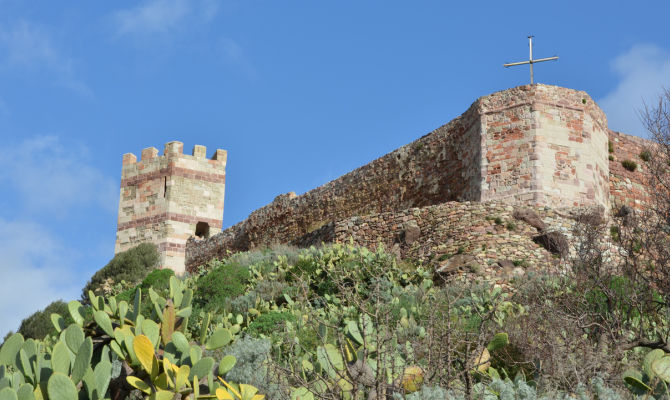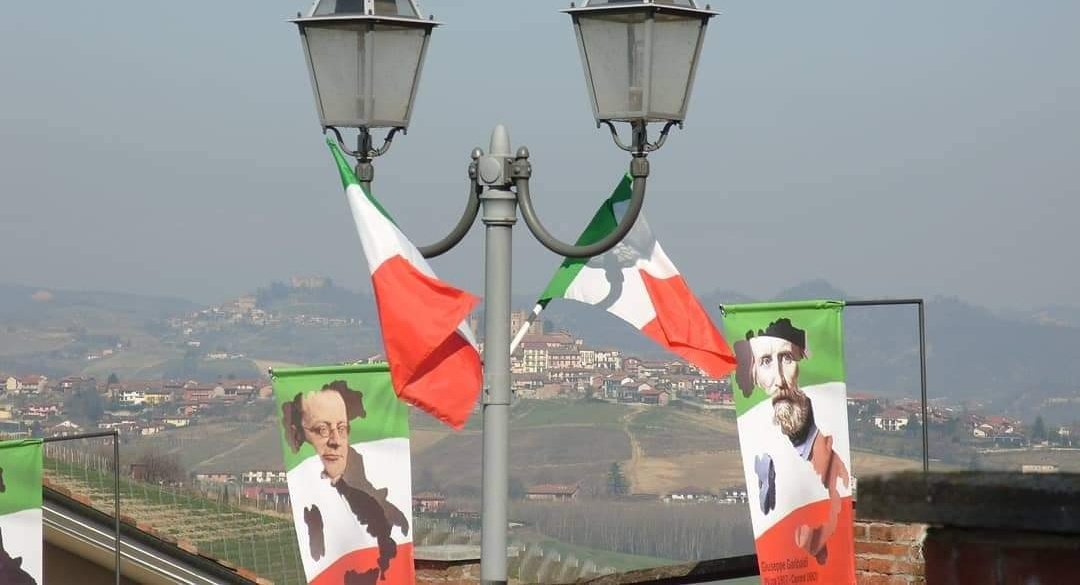
**SA DIE DE SA SARDIGNA**
Bona die de sa Sardigna a tottus is sardus/sos sardos! We celebrate the rebellion of Sardinians against the Piedmontese of 1794.
Today's special thread is about Sardinian Vespers! #SaDieDeSaSardigna #SardiniaDay
📸Angioy arrives in Sassari.
Bona die de sa Sardigna a tottus is sardus/sos sardos! We celebrate the rebellion of Sardinians against the Piedmontese of 1794.
Today's special thread is about Sardinian Vespers! #SaDieDeSaSardigna #SardiniaDay
📸Angioy arrives in Sassari.

It starts in 1793. The kingdom of Sardinia passed in inheritance to the Savoy of Piedmont in ~1720, making them kings beside dukes. Sardinia is the main part of the Kingdom but the rulers reside in Turin, as they are not locals.
In 1789, France declared its rebellion against the
In 1789, France declared its rebellion against the
-monarchy, sentencing their rulers. The Revolution quickly spreads outside its confines, with France itself willing to expand.
In 1793, they prepare an attack to the Kingdom of Sardinia. They arrive and attack Cagliari, not managing in their intent because of local resistance.
In 1793, they prepare an attack to the Kingdom of Sardinia. They arrive and attack Cagliari, not managing in their intent because of local resistance.
The rulers in Turin didn't mind much about the poor defences of the island and the victory has been purely because of Sardinians organising themselves. Still, when the battle is won, the king means to honour those who fought. But the ones to get privileges are the Piedmontese-
-officials.
Sardinians don't accept that and make a formal request to gather the Stamenti (Parliament) that had never been called in 100 years of Savoy rule. They asked 5 things:
-give administrative roles to Sardinians and not Piedmontese
-create a Sardinian Council of State
Sardinians don't accept that and make a formal request to gather the Stamenti (Parliament) that had never been called in 100 years of Savoy rule. They asked 5 things:
-give administrative roles to Sardinians and not Piedmontese
-create a Sardinian Council of State
-guarantee the privileges of the Kingdom of Sardinia
-gather a Parliament every 10 years
-appoint a minster in Turin regarding Sardinian affairs.
-gather a Parliament every 10 years
-appoint a minster in Turin regarding Sardinian affairs.
The request was sent directly to the king, bypassing the viceroy Balbiano who didn't like it. The king still refused everything and sent his reply to the viceroy, ignoring the Sardinian ambassadors.
Meanwhile in Sardinia there was agitation. The viceroy had information about-
Meanwhile in Sardinia there was agitation. The viceroy had information about-
-Sardinians preparing a revolt, therefore on the night of April 28th 1794, he had two of them arrested in their homes. At that point Sardinians actually rebelled. While the arrested were brought away, they incited the crowd to rise and they did. Sardinians attacked the viceroy -
-at the royal palace and forced him and the highest Piedmontese charges to leave Sardinia.
Afterwards, the Sardinians gathered Parliament by themselves and started a kind of self-rule. In the following years, they divided into a faction who wanted to radically change the-
Afterwards, the Sardinians gathered Parliament by themselves and started a kind of self-rule. In the following years, they divided into a faction who wanted to radically change the-
-relationship with the king, others were less revolutionary. The struggles between the two went ahead for years, until in 1796 Giovanni Maria Angioy (supporter from the beginning of a radical change) was sent to Sassari to treat with the revolutionaries who didn't recognise their
-feudal lords anymore. He was sent as an acting figure of the viceroy but he sided with the people, asking for the end of the feudal system (that was initiated by Catalans in XIV cent and never abolished by Savoy).
Angioy was forced to exile in France though. Feudalism was -
Angioy was forced to exile in France though. Feudalism was -
-abolished only in ~1820s and the full merging of Sardinian and terraferma states followed in 1848, under the single name of Kingdom of Sardinia.
On this day in Sardinia we celebrate the revolt of Sardinians against the oppression of the Savoy regime and today I'd like --
On this day in Sardinia we celebrate the revolt of Sardinians against the oppression of the Savoy regime and today I'd like --
-Sardinians to rediscover and appropriate again of our history and traditions, put aside the tendency that was imposed on us in past decades/centuries that want our culture to be associated with ignorance and incivility. Don't be afraid of our accent, put aside victimhood -
-and start actually acting to learn our past, because our history and culture belongs just to us. If we don't act like that, someone else will take what is ours.
Don't hide, be proud of being Sardinian. We've always being proud, everyone should rediscover that pride.
Don't hide, be proud of being Sardinian. We've always being proud, everyone should rediscover that pride.
• • •
Missing some Tweet in this thread? You can try to
force a refresh














